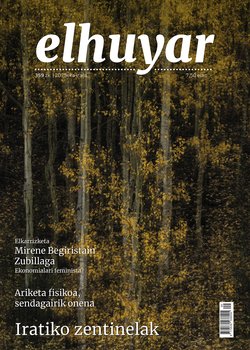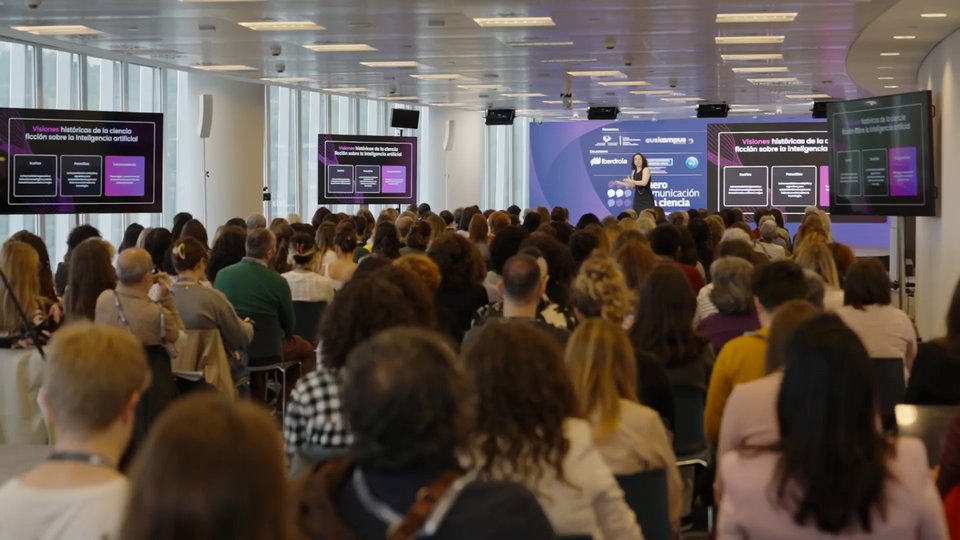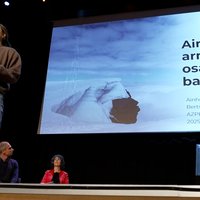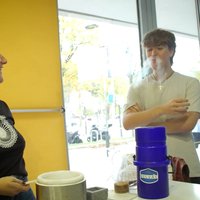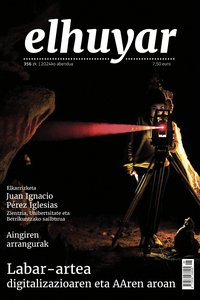Chemistry for the benefit of art; Life of the Bonito under control; Fog as the protector of the Earth; Virtual as the mirror of reality
Chemistry for the sake of art
The research group Farmarterm of the University of the Basque Country applies analytical chemistry techniques to the restoration of works of art and the dating of signatures.
Analytical chemistry is used to find out when the paintings are made centuries ago, and to find out if the paintings are true. In addition, analytical chemistry also serves to reduce risks in the restoration of a work of art. For example, by removing the aged varnish to prevent damage to the underlying paint.
On the other hand, analytical chemistry is also applied to the forensic analysis of documents for the verification and dating of signatures.
The life of the Bonito under control
AZTI-Tecnalia has begun an electronic marking study to discover the behaviour of the bonito. For this, he will use pop-up brands. The pop up is a new electronic brand that is placed on the outside of the fish. Some time later, it is released, leaves the surface of the water, and transmits the information it has accumulated to the control center by satellite.
Thanks to the internal electronic marks that will be applied to the transmitters and the surgery that will be placed on the back of different bonnets during the summer months, they will be able to track the migration and behavior of this species and obtain a lot of information.
Fog as the protector of the Earth
4,000 million years ago, thanks to an organic fog that enveloped the Earth, our planet was not frozen, and the temperature was maintained so that life could thrive.
This layer of fog was similar to that of Titan Saturn’s moon today and helped to avoid the bad effects of ultraviolet rays. It also contributed to the formation of gases such as ammonia, which caused a greenhouse effect that prevented the Earth from freezing, even though the sun's rays barely reached the surface of the Earth.
This is the result of a study published in the journal Science by a group of scientists from the University of Colorado.
The virtual mirror of reality
Technology has taken a new step in the world of virtual reality. Users are able to enter the body of another and experience what it is like to be of the opposite sex or what it feels like to have big differences, for example from a person with high obesity.
The experiment was conducted by a team of European scientists and involved 24 men. Virtual reality has led them to believe that the body of the woman they saw belonged to them.
The goal of the project is to better understand and use brain mechanisms to improve the virtual reality experience.
Buletina
Bidali zure helbide elektronikoa eta jaso asteroko buletina zure sarrera-ontzian


